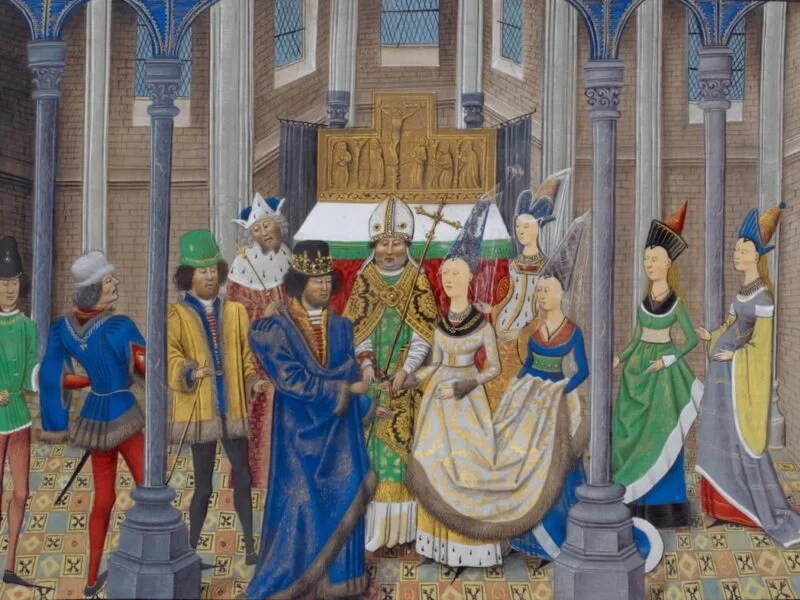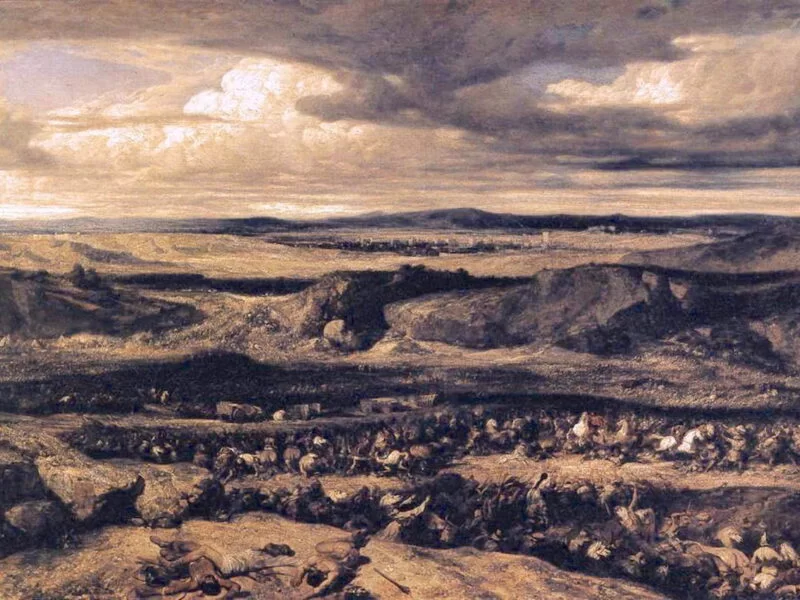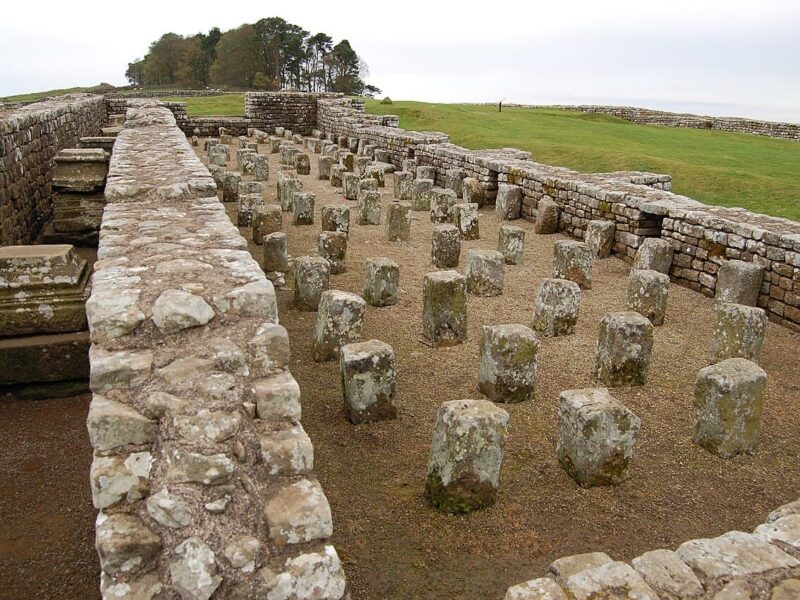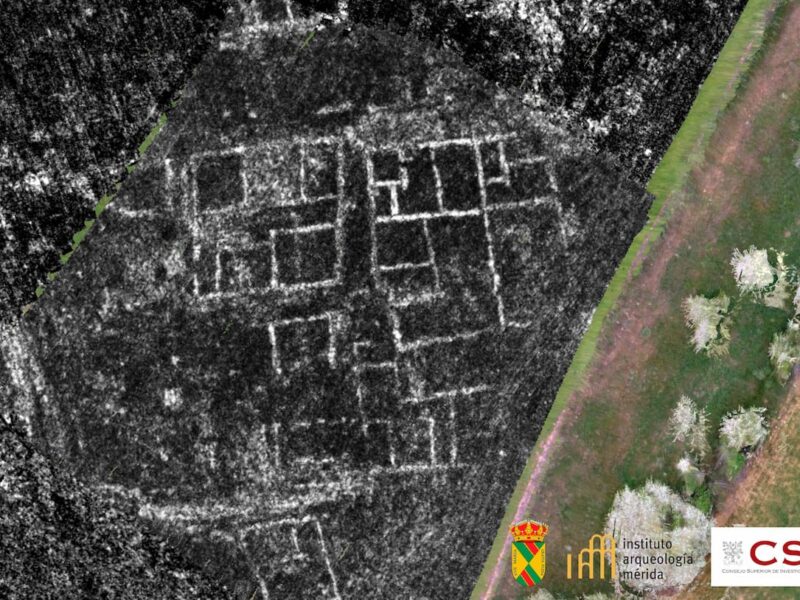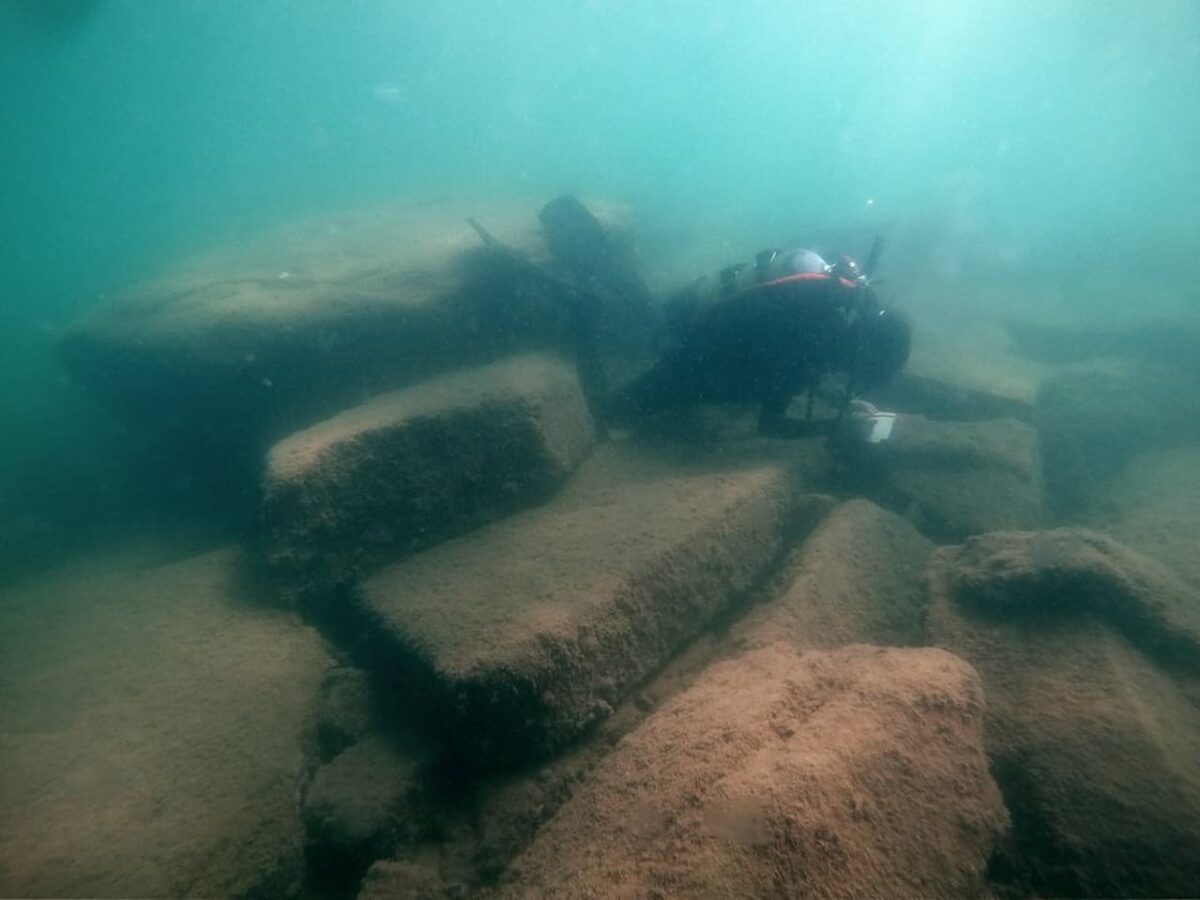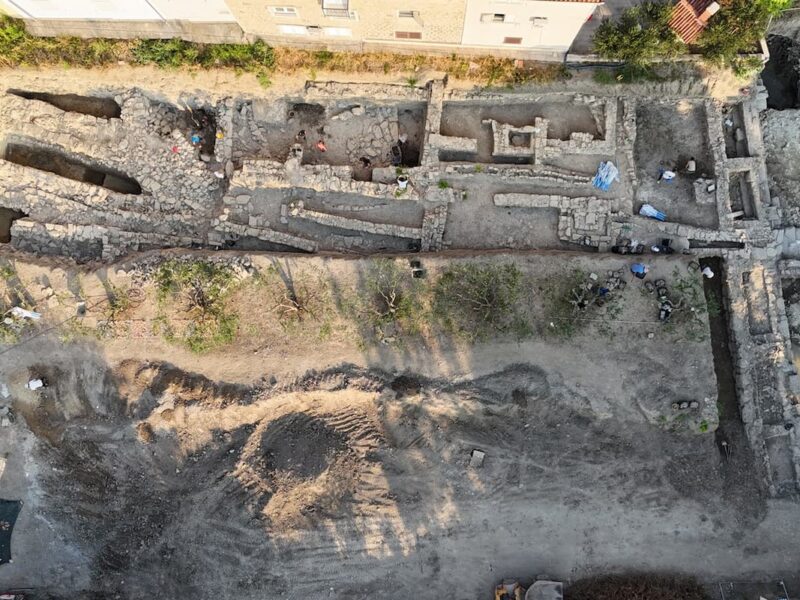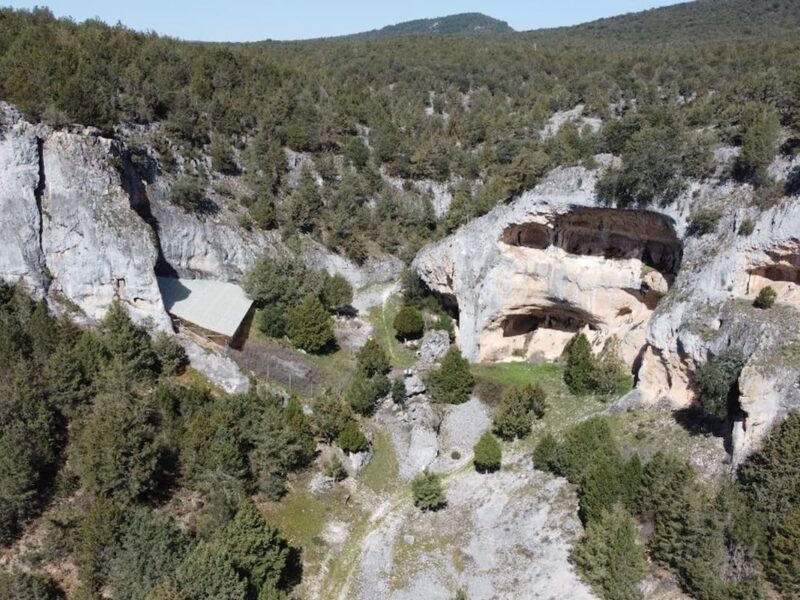A team from the Cluster of Excellence ROOTS, in partnership with the Museum of Vojvodina in Novi Sad, the National Museum of Zrenjanin, and the National Museum of Pančevo, has made a groundbreaking discovery in the northeast of Serbia, near the Tamiš River. This discovery reveals a previously unknown Late Neolithic settlement, shedding light on the Vinča culture, one of the earliest creators of proto-writing in Europe.
Located near the modern village of Jarkovac in the Vojvodina province, the newly discovered site spans approximately 11 to 13 hectares and is surrounded by four to six ditches, indicating its significant size.
This is a spectacular find, remarked Fynn Wilkes, a doctoral student at ROOTS and co-leader of the team. Geophysical methods allowed the team to map the settlement’s full extent, providing a clear picture of the site’s structure as it existed 7,000 years ago.
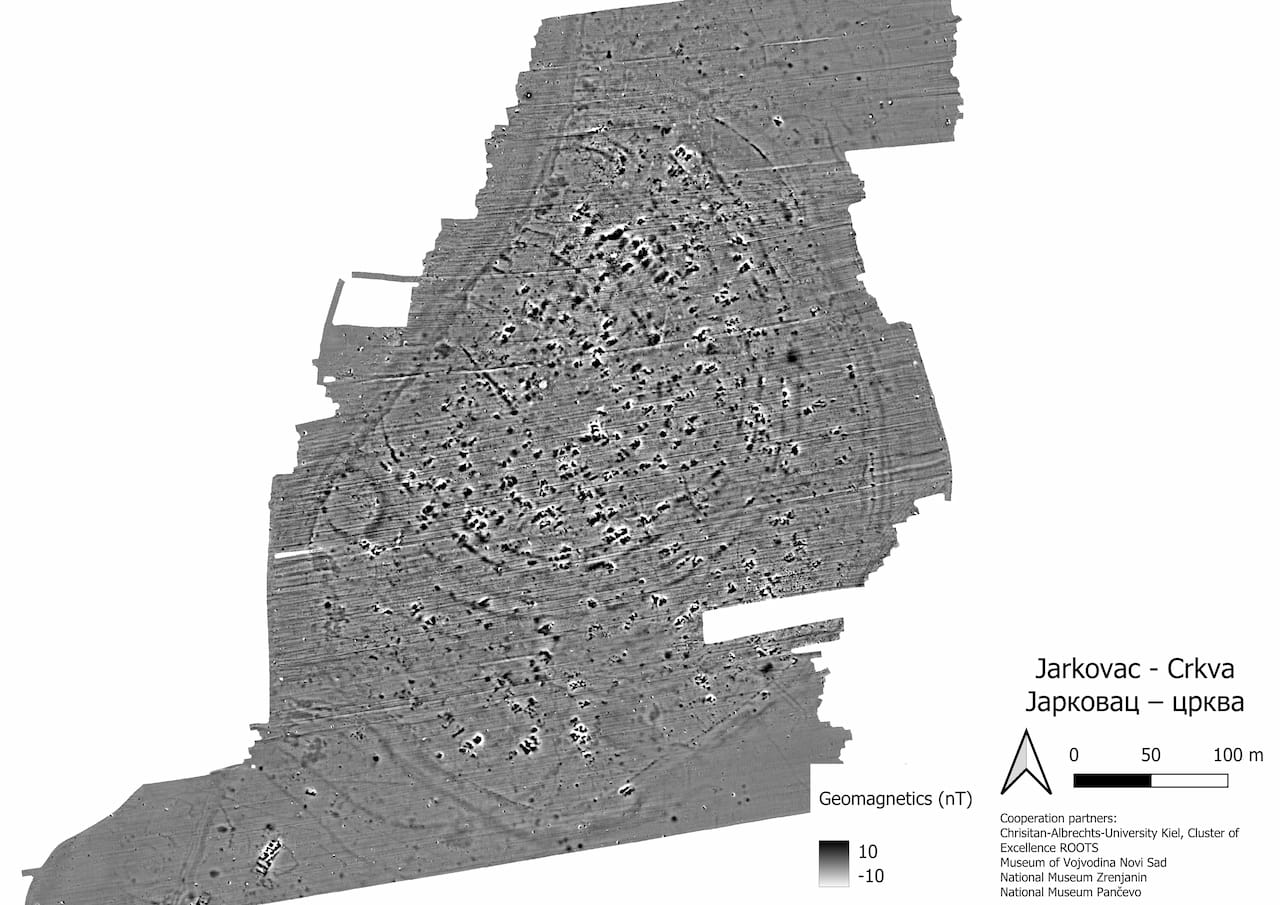
The Vinča culture, dating back to between 5400 and 4400 BCE, is notable for its advanced societal structure and its possible creation of proto-writing. Evidence for this was found in a Vinča site at Tărtăria in Romania, where tablets with engraved signs were uncovered. Some researchers believe these signs represent the oldest proto-writing in Europe, and possibly the world.
In addition to uncovering the Vinča settlement, the team also found evidence of strong influences from the Banat culture, which is less commonly seen in Serbia. This is remarkable because there are very few known settlements with Banat culture material in what is now Serbia, Wilkes noted.
In a parallel investigation, the Cluster of Excellence team examined Late Neolithic circular structures, or “rondels”, in Hungary, working alongside partners from the Janus Pannonius Museum in Pécs.
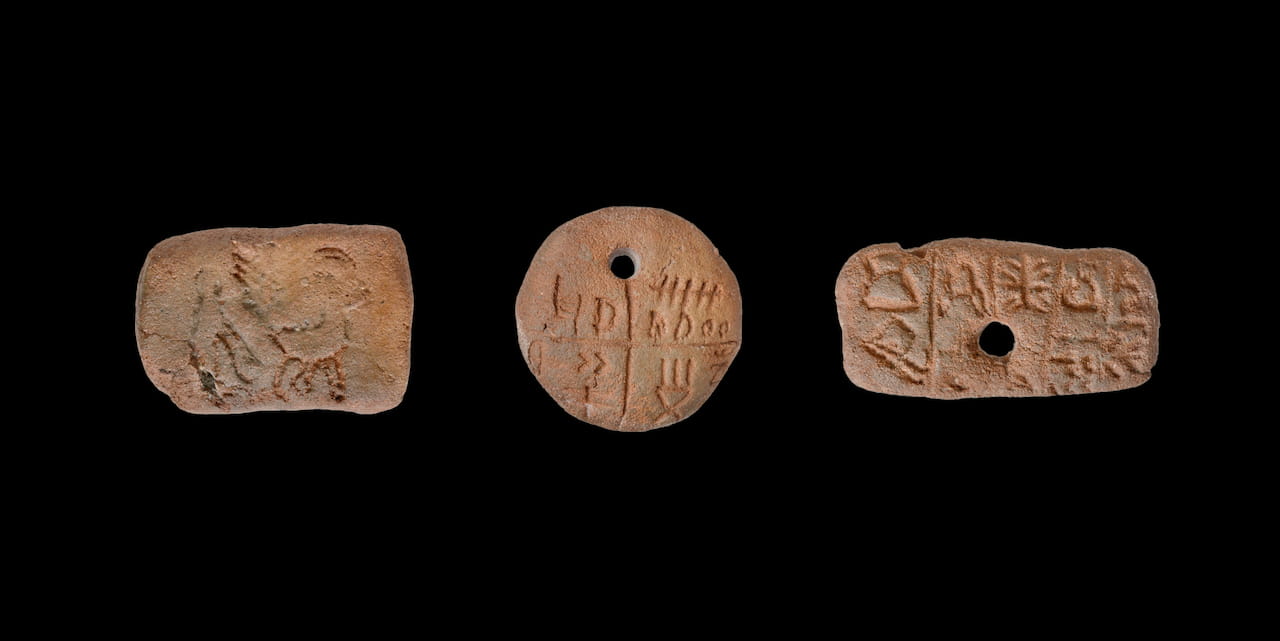
These structures are associated with the Lengyel culture (5000/4900-4500/4400 BCE). The use of both geophysical technologies and systematic field surveys allowed the researchers to differentiate eras more clearly, leading to a reevaluation of previously known sites in Hungary.
The team re-assessed a settlement previously thought to be from the Late Neolithic and found it likely belonged to the Vučedol culture of the late Copper Age and early Bronze Age (3000/2900-2500/2400 BCE). They also fully documented a Late Neolithic circular ditch in the village of Vokány.
Professor Martin Furholt, leader of the ROOTS team, emphasized the importance of Southeast Europe in understanding the spread of knowledge and technologies during early human history, as well as their connection to social inequalities.
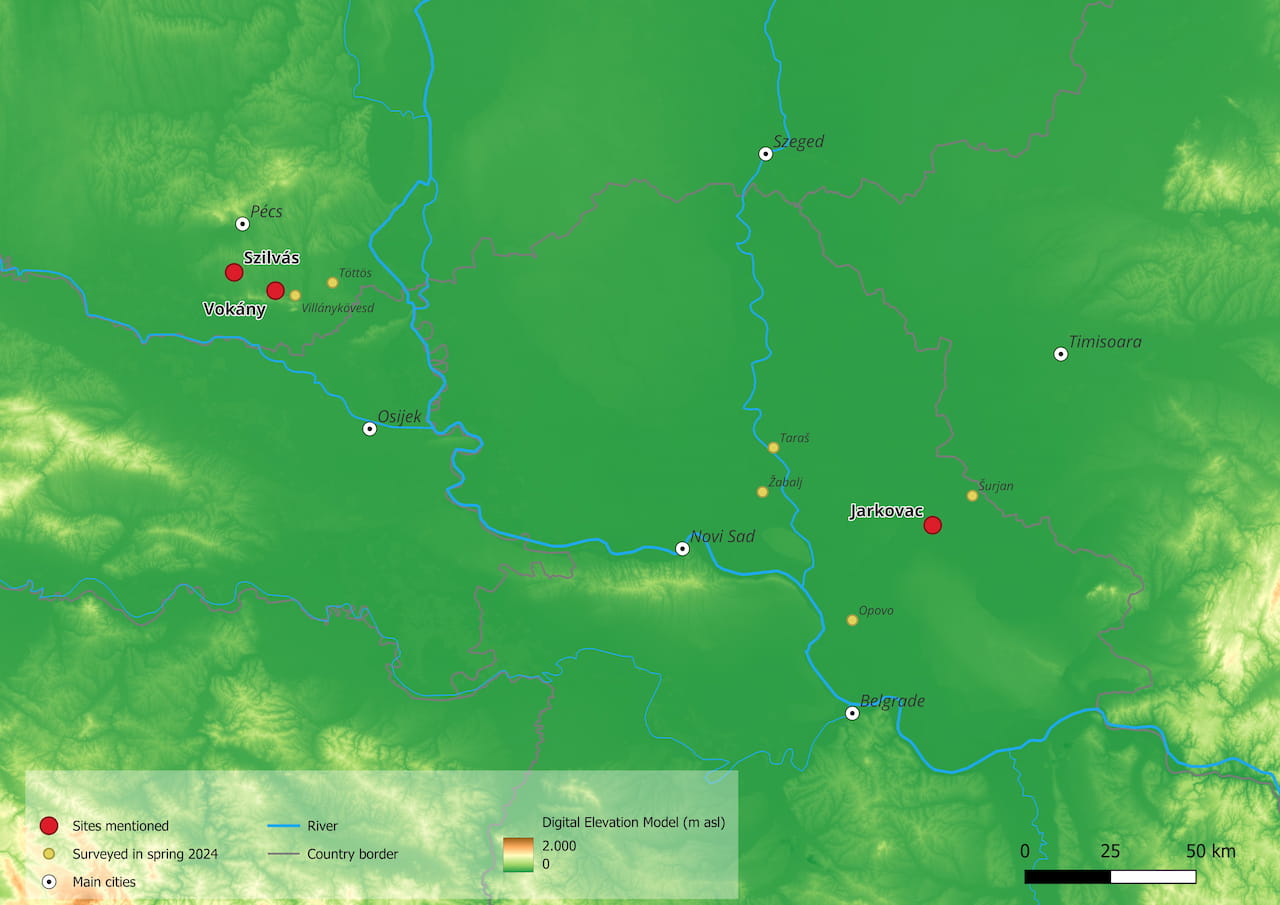
New technologies like metallurgy first appeared in Europe in this region. With these newly discovered and reclassified sites, we’re gathering crucial data to better understand social inequality and the transfer of knowledge, he explained.
The discoveries from Serbia and Hungary are being integrated into the interdisciplinary project “Wealth and Knowledge Inequality” under the Cluster of Excellence ROOTS.
This project aims to explore the broader implications of these findings for our understanding of ancient societies and their structures. The analyses are ongoing, and the researchers are excited about the insights these new discoveries will bring.
Sources
Discover more from LBV Magazine English Edition
Subscribe to get the latest posts sent to your email.










